40 Calming Mindfulness Activities For Adults For Less Stress
This post may contain affiliate links. Read the full disclosure
These calming mindfulness activities for adults will help you to reduce stress and cultivate inner peace.
Practising mindfulness exercises is beneficial for physical, mental, and emotional health.
If you are finding yourself struggling with the chaos of everyday life, this list of mindfulness activities will give you the opportunity to use mindfulness to take a step back and be present in the moment.
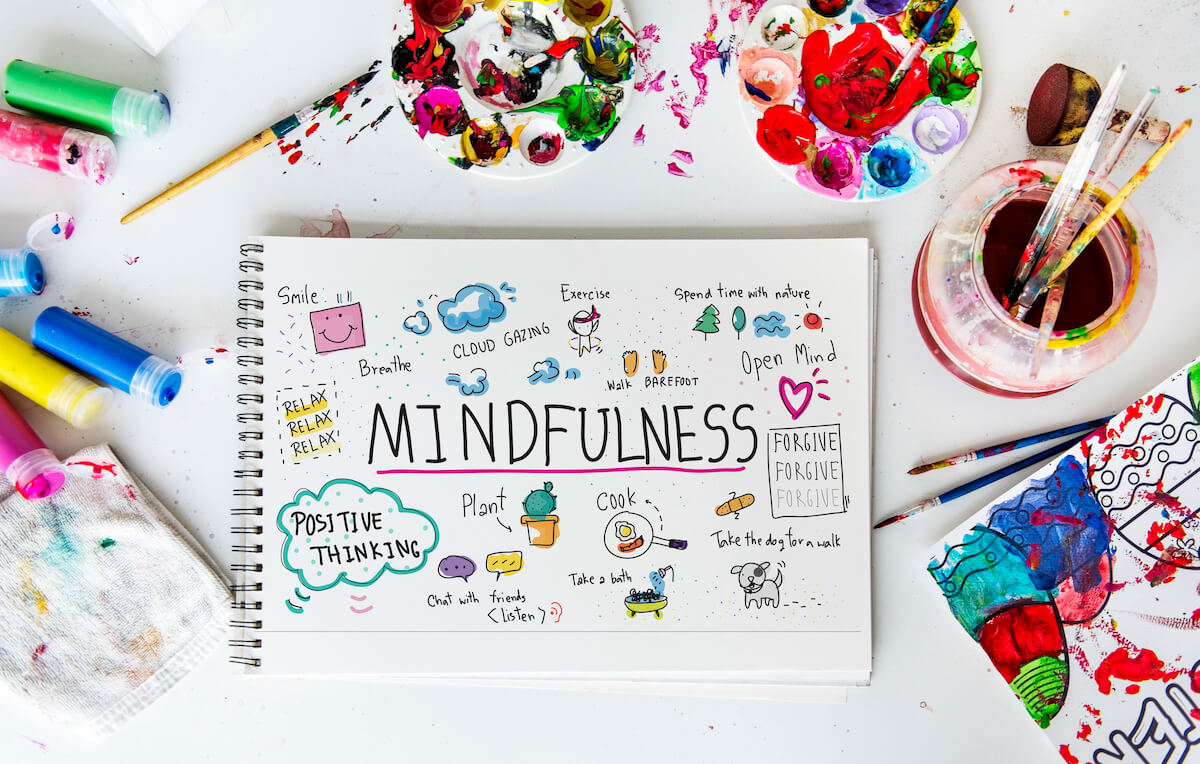
Mindfulness Activities For Adults
Food, water, and shelter may be the essentials we need to survive, but they aren’t going to help us thrive if we aren’t taking time to calm our minds and practice self-care.
When we are constantly busy, we get used to being in a state of mild anxiety and as a result of this, our mind wanders.
You’ve probably experienced that feeling of being on autopilot, such as when you drive home but can’t even recall most of the drive itself since everyday life moments are constantly fighting for your attention.
This is why it’s a great idea to start practicing mindfulness in your daily life.
What Is Mindfulness?
Mindfulness is the practice of being focused on the present moment. It is about cultivating awareness and learning to observe your thoughts and emotions without judgement or criticism.
It is an important part of self-care, helping us to become more in tune with ourselves, our environment, and our personal goals.
Practising mindfulness is a way to slow down when you’re exposed to negativities at work, in relationships, and even in your very own home.
Mindfulness helps prevent your brain from dissociating (the feeling of your mind wandering) by keeping you focused on the present moment.
It can help the nervous system focus your bodily sensations on your reality now. More importantly, being in the present moment reduces stress levels.
Practising mindfulness has also been utilised for a long time. It is incorporated in yoga and Buddhist meditation.
The method is proven and tested in nurturing your mental well-being.
Most people are familiar with traditional meditation, which is practised in Buddhist mindfulness, however, there are many other ways to practice mindfulness that don’t require meditation!
Who Benefits From Mindfulness Exercises?
There are many mindfulness benefits for everyone! Mindfulness helps us calm our minds, develop self-awareness and overcome stress, anxiety, and depression.
As such, mindfulness is great for kids, teens and adults, giving us tools to help manage difficult emotions and avoid emotional reactivity.
It is also a great way to tune into our bodies and be more aware of physical sensations like hunger or tiredness.
When you live in the current moment, you get to live life in the now rather than getting stuck somewhere in your timeline that has already happened or one that hasn’t occurred yet.
Relaxing And Fun Mindfulness Activities For Adults
The mindful practice doesn’t only have to involve meditation. Mindfulness activities for adults can be fun and relaxing at the same time.
1. Mindful Walking
Mindful walking is one of the most simple mindfulness activities that you can fit into your everyday life.
This form of mindfulness focuses on the sensory experience as you walk, ideally in the outdoors. Give your full mindful attention to the way you walk, how your steps shift, and other body parts that move as you take a step.
Walking meditation can bring awareness to details you don’t often notice, such as the sensation of your feet on the ground, changes in body temperature, and breathing rate.
Mindful walking also encourages you to take notice of what is around you – nature sounds, the feel of the air on your skin, the feel of a leaf on a tree you pass by.
Even a 5-minute mindful walk in your backyard each day is enough to help you relax and ground yourself in the present moment.
2. Daily Gratitude Practice
A daily practice of gratitude is another great tool that is often overlooked when it comes to finding awareness in our daily lives and focusing on positive emotions.
One of the best ways to practice gratitude is through a gratitude journal, which can be a simple exercise you do once a day.
This is a great addition to your morning routine to start the day in a positive mindset.
If you know your track record with daily journalling isn’t always great, you can try setting a daily reminder.
I have a daily task scheduled at 9 a.m. each day of the week on my phone. It asks ‘What am I most excited about today?’. This reminds me to focus on positivity, even the small things, as my work day begins.
Related: Gratitude prompts for children
3. Guided Meditation
One of the most well-known mindfulness techniques is meditation. Meditation is a way to clear the mind of all stress and worries.
Guided meditation is especially useful for beginners because it provides an atmosphere for calming your body and soul. Plus the guided aspect helps keep your mind from wandering off.
You can find countless guided meditation resources online, including YouTube videos, audio recordings, and apps that offer hundreds of different types of guided meditation.
You can do this as a sitting meditation or by lying down. The key is to be in a comfortable position.
Using guided meditations is useful until you are confident enough to do meditation practice without the need for a guide.
4. Yoga
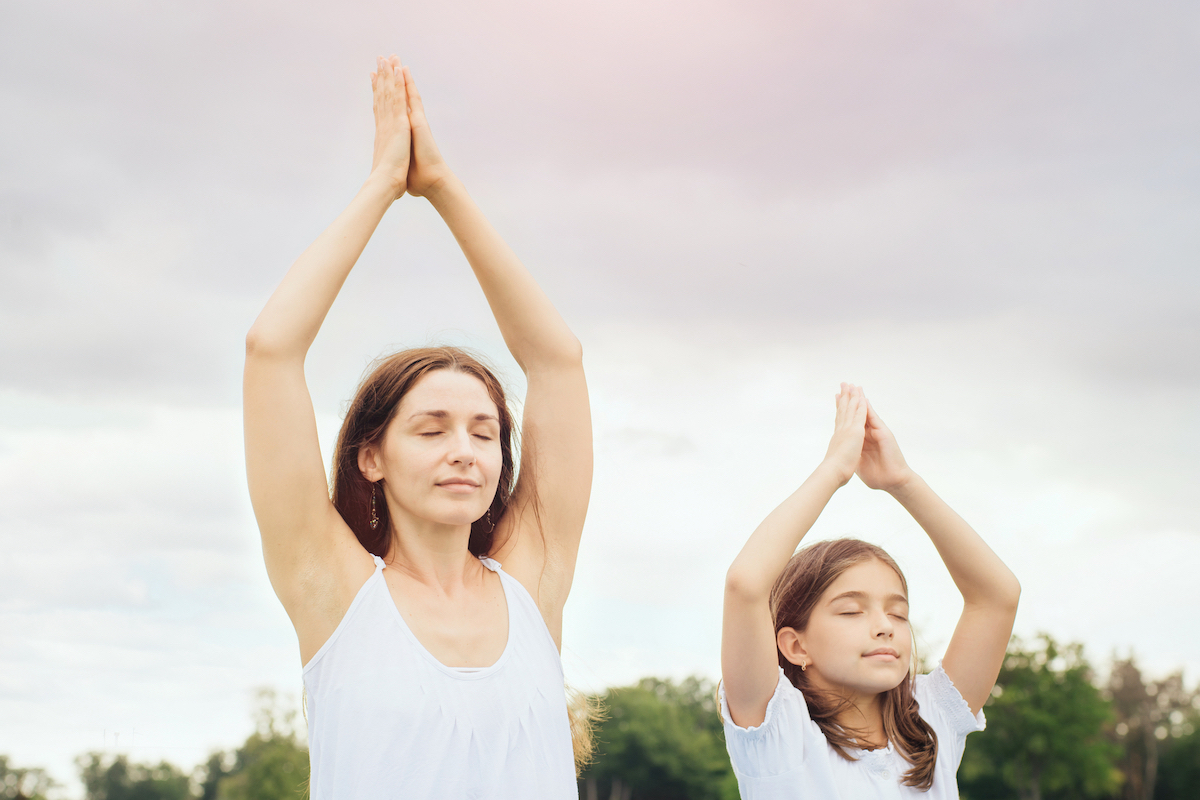
Aside from physical activity, yoga is an excellent technique to enhance awareness of your body.
While doing asanas, you start to notice movements and sensations of your body, such as how your breathing changes, and how your body stretches into different yoga positions.
If you want to try group mindfulness exercises, a yoga class is a perfect option.
Alternatively, do a daily routine from a fitness app or via YouTube at home.
5. Progressive Muscle Relaxation
Progressive muscle relaxation (PMR) is a technique used to reduce tension in the body.
It works by progressively tensing and then relaxing different muscle groups of the body, starting from the feet and moving all the way up to the head.
The idea is that when you are aware of how each part of your body feels in a relaxed state, it will be easier for you to spot and recognise when your body is getting tense.
By focusing on each part of the body as you relax it, it helps build a mental connection between relaxation and tension.
PMR has always been one of my favourite mindfulness techniques for managing anxiety that I taught to many clients during my psychology career and one that many people thoroughly enjoyed learning.
It’s an excellent tool for your mindfulness practice, as it can help strengthen the awareness of your bodily sensations.
6. Gardening

Spend time with nature even in your very own garden. Spend 30 minutes attending to your garden, as you pay attention to your surroundings.
Make a point of observing what is around you. The sounds. The sights. The changes since your last gardening session.
7. Mindful Cooking
Cooking can be a fun activity that creates mindfulness in your life.
While you cook, focus on the process of making the food, instead of racing to finish it quickly.
Pay attention to all the tasks involved – from preparing ingredients, chopping vegetables, and stirring sauces.
Take note of the changes in taste and texture when you add different ingredients. Immerse yourself in all these activities to make cooking a mindful experience for yourself.
8. Music Therapy
Our favourite songs have always been free music therapy for us. However, take this to a new level with mindful listening.
Instead of shouting out your favourite lyrics with gusto, you completely absorb the song. Pay attention to its rhythm, tempo, pauses, instruments, and lyrics.
Think about the emotions it makes you feel as you listen.
9. Body Scan Meditation
Stress can overwhelm your body, and it can show in the form of physical pain or tension.
High levels of stress can cause tense muscles, neck aches and headaches.
People don’t often notice those effects due to overwhelming emotions. To completely assess yourself during stressful times, try doing a body scan meditation.
As you take a deep breath, you mentally scan every body part and consider how each part of you is feeling physically.
Body scan doesn’t treat the effects, but being aware helps you figure out how to manage and care for your physical self.
10. Practice Mindful Conversation
Mindful listening is vital in a conversation and for cultivating connections with others.
Engage someone in conversation with the intention of being mindful, paying extra attention to not only what they say, but the little social cues as well.
Don’t immediately focus on what you want to say. Instead, give the other person your full attention and listen to understand instead of just hearing.
11. Mindfulness from the Earth
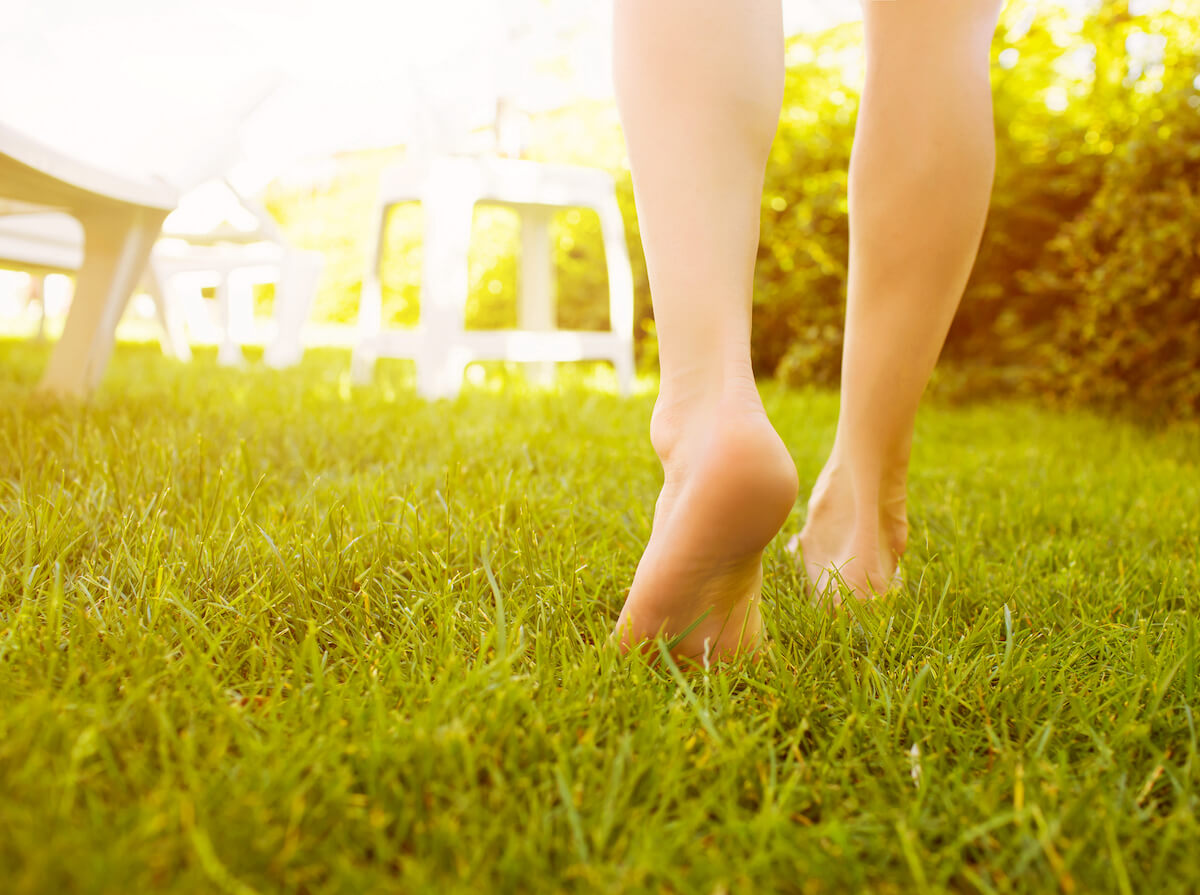
Feel the presence of nature by grounding yourself on the ground. Walk barefeet on the grass or sand.
Connect to the earth and its energy while feeling the physical sensations of your feet on the ground.
Feel a new sense of gratitude as you get in touch with nature.
12. Balloon Play
Adults can also enjoy this mindfulness activity for children.
Balloon play is one of those group activities that are both physically and mentally stimulating. The mechanics are simple. You just have to keep the balloon from touching the ground!
It encourages you to maintain focus to keep the balloon in the air. And sometimes we need to have a little child-like fun to break up the routine!
13. Puzzles
Completing a puzzle can occupy your mind, which is a great method to improve mindfulness. You are only focused on solving the puzzle and connecting the right pieces.
If you find your mind wandering, focus back on the task at hand, sorting pieces and finding the right fit.
14. Five Senses Exercises
Notice your surroundings with the help of the five senses exercise. This is great when you’re looking for quick mindfulness activities you can do almost anywhere.
Close your eyes, and start with one sense at a time. With each sense, note down what you can feel or hear in that moment.
- Touch: Are there any textures around you? Can you feel the floor beneath your feet?
- Smell: Do you smell something pleasant? Something icky?
- Hear: Listen carefully for background noise as well as the sound of your own deep breathing.
- Sight: Open your eyes and take note of all the details around you.
- Taste: Take a sip of water, tea or coffee to savour its taste, while focusing on every little detail.
By doing these exercises, you can become more aware of your surroundings and environment. This
This is a calming activity that adults can do with their kids too or as a great addition to your morning routine.
Quick Mindfulness Exercises
If you don’t have a lot of time to spare, ther is no reason you can’t still fit mindfulness into each day. There are plenty of great mindfulness activities that you can do in just a couple of minutes.
These are also great if you find yourself feeling frazzled during the day and need some quick mindfulness-based stress reduction.
15. Breathing Exercises
Learning mindful breathing is an effective solution to relaxing your body amidst stress.
Breathing exercises can be done during meditation, yoga, a body scan, or even just by standing still.
You inhale goodness and exhale all the negative energy from your body.
16. Stretching

Practice mindfulness by doing simple stretches as a daily exercise. Not only does it keep the blood flowing but stretching also releases physical and emotional tension.
Stretching with breathing exercises is a therapeutic activity that will leave your body relaxed.
This is also something you can do no matter where you are. Even stretching your arms up over your head at your work desk is a great reset during your work day.
17. Self Compassion
Self-compassion is essential in being mindful.
It’s important to maintain a positive attitude towards yourself as you go through your mindfulness journey.
Be kind and understanding to yourself, regardless of the mistakes you make or the challenges you encounter.
Surround yourself with people who see your worth and believe in your capabilities.
Build a habit of appreciating yourself mentally, physically, and emotionally. Practising self-compassion can start by saying affirmations and prioritising self-care into your routine.
18. Partner Breathing
Couples that have a strong connection can reap the benefits of mindful breathing with their partner.
Partner breathing is a simple activity which requires both of you to synchronise your breaths. This helps in connecting and synchronising your energies so that each partner can understand and be empathetic towards one another.
Sit down face-to-face with your partner and place one hand on their chest and the other hand on your own chest.
Take a deep breath in synch with each other, and exhale at the same time.
Focusing solely on deep breathing helps create an emotional bond between you and your partner as you both take part in this calming activity together.
It’s a fun and healing activity for couples, especially after a draining week of work.
19. Journaling
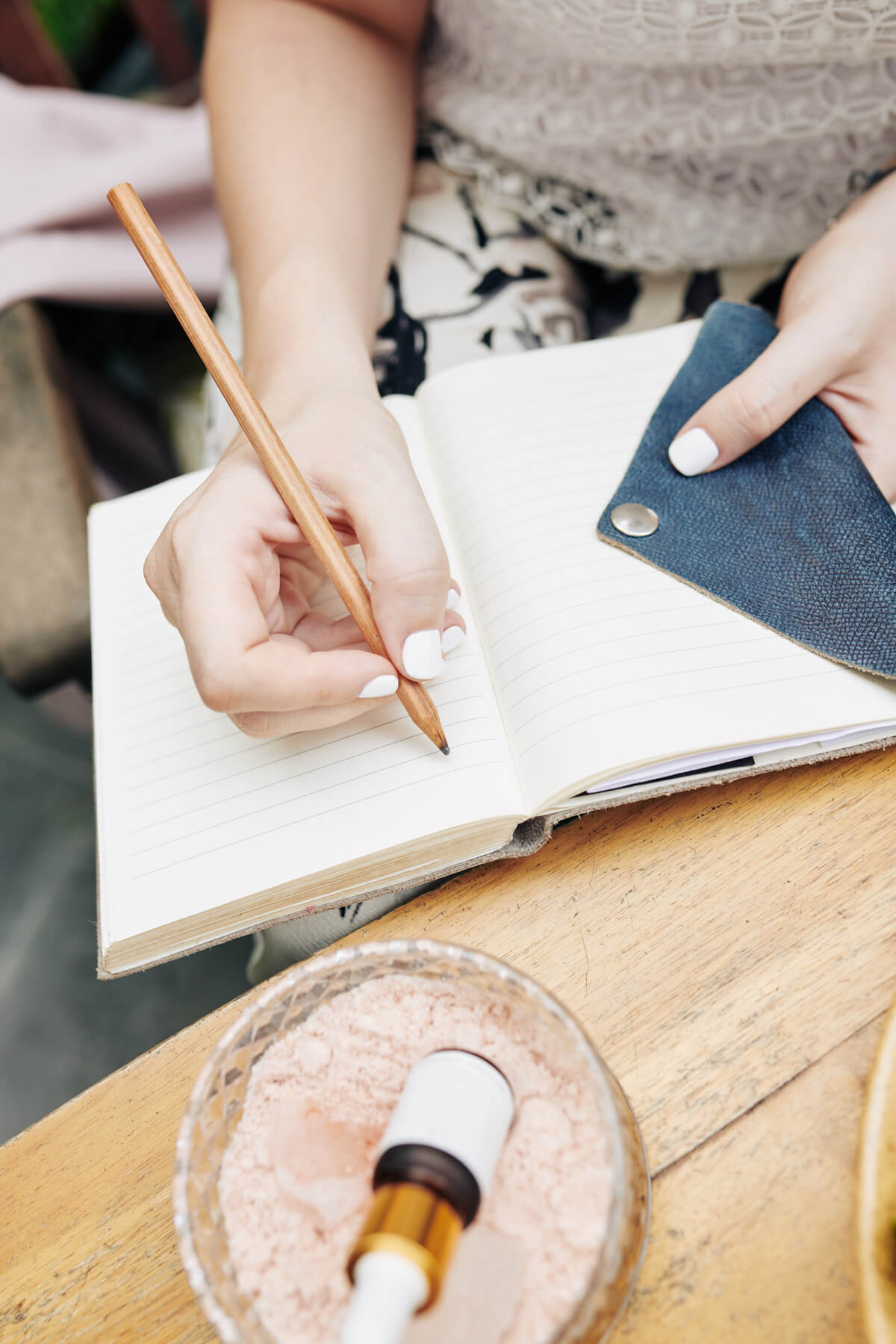
Journaling is a great way to practice mindfulness, as it allows you to express your thoughts, feelings, and emotions on paper.
A daily journaling practice can help you gain clarity and insight into your current situation – the emotions, triggers and worries.
When journaling, don’t pressure yourself to write something profound – just let the words flow out from your heart and mind.
Start by writing about how you’re feeling right now, without judgement or expectations.
An effective way to start is by using journal prompts. This helps you focus on certain topics that can help start the flow of your thoughts and words.
Try spending five minutes everyday doing a journaling practice – it doesn’t have to be a long session, but those few moments of reflection can do wonders for your mental health.
20. The Raisin Exercise (Mindful Eating)
Practise mindfulness by engaging all your senses – taste, sight, feel and smell – with this raisin exercise.
Take a single raisin in your hand and take a moment to look at it. Notice the wrinkles on its surface, its colour, and its texture.
Pop the raisin in your mouth and bite into it. Notice the subtle sweetness and the slight crunch that comes with it.
Chew on it slowly, and savour every moment of it. What flavours can you taste? Is there any tingling or sensations in your mouth that you can feel?
Notice how each bite changes the raisin’s texture until eventually, it dissolves.
This mindfulness activity for adults may seem quite strange but this form of mindful eating it is a powerful way to channel your focus into something specific.
It doesn’t need to be a raisin. You can try this mindful eating exercise with different foods.
21. Practice Stillness
If you’re a person who’s always on the go and your job consumes most of your week, then practising stillness is a great way to feel calm.
Get into a comfortable position and be as still as you can be.
Instead of paying attention to chaos, focus on your deep breaths, how your body feels, and the stillness around you.
The mindfulness practice is a great way to slow down and give yourself time to process your thoughts.
22. Looking Out The Window
This is a quick mindfulness exercise that you can include in your morning routine.
Sit comfortably by your window and soak in the view. It allows you to pause and divert your thoughts to the beauty in front of you.
Try to notice every detail outdoors and you might find something you haven’t seen before.
23. Bell or Chime Calming
Traditional meditation practice often uses bells or chimes such as Tibetan singing bowls and Japanese temple bells.
These instruments produce powerful and calming sounds that can help you stay present.
Why is it effective? Because the sound can stop your thoughts from wandering. Your focus is anchored to the sound of a bell or chime.
You can find many apps online with chime sounds to use when you meditate.
24. Mindful Movement
A quick 5 minutes of mindful movement of your body each morning can release tension and start your day with focus.
Do stretches or warm-up exercises, such as your favourite yoga movements, Tai Chi, or Qigong for example.
25. Morning Coffee

Start your morning slow by just appreciating your first cup of coffee (or whatever your preferred drink of choice is – no coffee for me).
Absorb all the goodness from the aroma to its taste.
Aim to keep yourself device-free during this time so you can avoid being pulled into distractions and notifications.
Drink coffee while looking outside the window or sit down somewhere quiet.
26. Reading
Entering a whole new universe is a fantastic escape that a good book offers.
Reading needs immense focus and that’s why reading is an excellent mindfulness exercise that also nurtures the brain and inspires creativity.
27. Eye Gazing
Another simple mindfulness exercise that’s perfect for calming the mind is eye gazing.
This practice can be done with a partner or even with your child. It involves staring into someone else’s eyes and looking deeply into them without judgment.
Eye Gazing can increase intimacy and connection between two people, making this great if you’re looking for mindfulness activities for couples.
You can do the activity by facing your partner in a comfortable sitting position. Set a timer on how long you two want to stare at each other. Breathe while focusing your gaze on the person in front of you.
Mindfulness Art Activities For Adults
Creating art has always been therapeutic. Engaging in art and creative activities encourages mindfulness as you’re paying attention to what you are doing.
It also means you are prioritising yourself by making time for hobbies and exploring your creative expression.
28. Mindful Colouring In
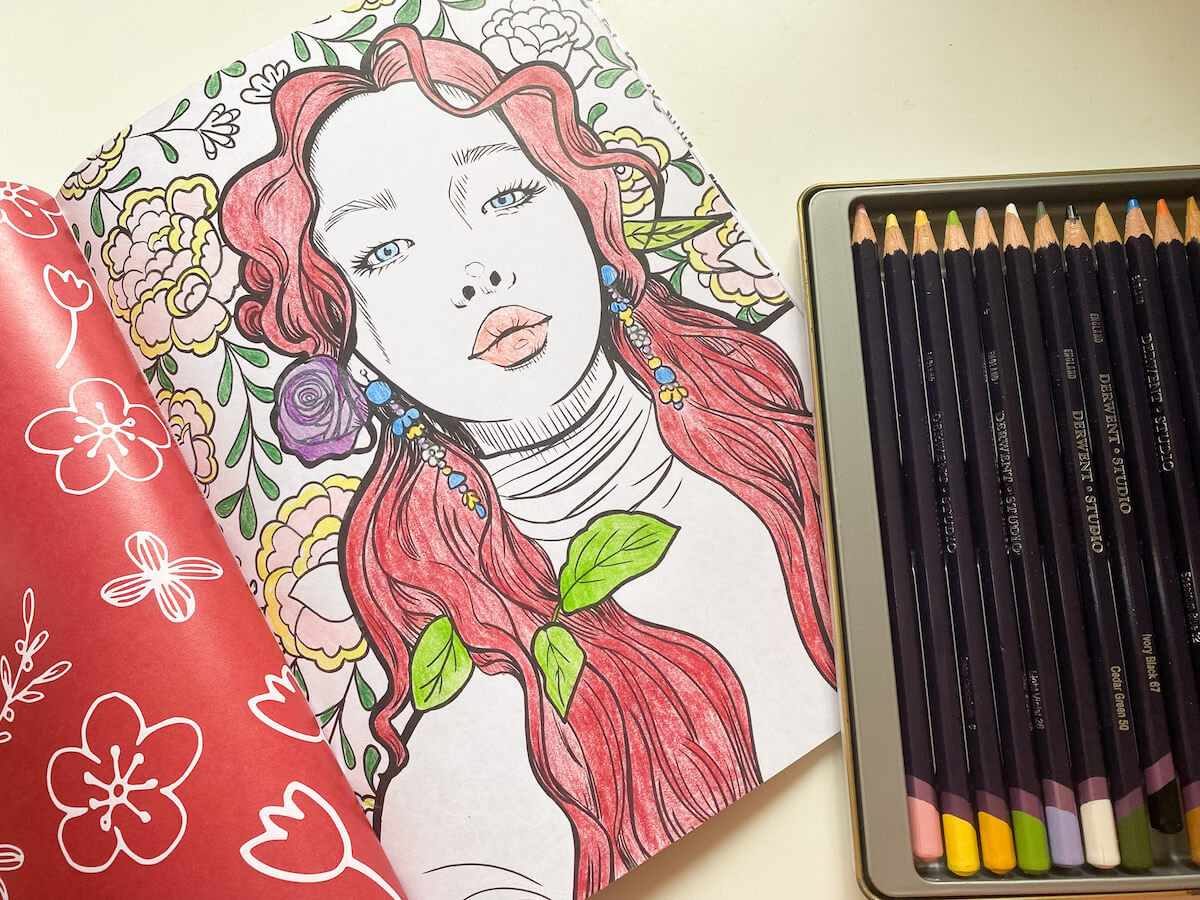
Colouring is a great mindfulness exercise for adults. It helps you slow down and relax by focusing on transforming your image into a colourful and complete design.
It’s a fun and creative activity that can be done in groups. You can even colour with your little ones for quality time.
Get some adult colouring books or grab these printable mindfulness colouring pages for free.
29. Painting
When creating artwork, your whole attention is focused on the canvas. You start to notice every detail and you are conscious of where you want to place your next brush stroke and the colours you want to use.
30. Sand Drawing
Having a zen sand garden is a popular mindfulness art activity where one creates patterns in the sand.
It’s calming and meditative to practice drawing with sand, and it’s also a great visual tool for expressing one’s feelings.
You can have a mini tabletop zen sand garden or create one in your own backyard with sand, stones and plants.
31. Art Journaling
Art journaling is a great way to express yourself freely. You can keep track of your thoughts, plans and ideas using simple drawing materials like pencils and watercolours.
Spend some time in nature and bring art supplies with you. Notice the details around you such as trees, plants, animals or anything that catches your attention.
Express what you feel through drawing or painting.
Art journaling is a simple way to document your growth and experiences. It’s also a healing exercise that allows you to channel your feelings healthily.
32. Happiness Scrapbook
Focus your mind on reminiscing on moments you consider worth remembering and those you are grateful for.
Build a scrapbook out of those photos and items and add to it over time.
Creating the scrapbook is a great source of serotonin since you can flip back through the pages for a mood boost.
33. Create a Vision Board
Oftentimes, thinking about the future is the root cause of a wandering mind. The uncertainty can make people wonder, which makes it even more scary.
Creating a vision board is a good way of focusing your thoughts! That way you can think about the future with excitement rather than overthinking about it.
You can create an actual board that you can display in your room. A Pinterest board is also a nice alternative so whenever you see a post related to your vision you can pin it there.
34. Rock Painting
Painting rocks is a unique and fun creative activity that helps you have mindful moments.
It allows you to focus on the details and materials used. You can search for rocks near your area or purchase a set online. Then, unleash your inner artist in painting designs on them!
Once done, share your painted rocks by leaving them in places strangers can find.
The Kindness Project is a wonderful idea and a great way to give your creativity extra purpose – we’ve found a few over the years in local parks.
35. Mindful Photography

Find your photography subject in nature, capturing the tiniest details like a ladybug crawling along a leaf or a feather floating in a puddle.
You will end up noticing a lot of details about your surroundings, all while enjoying fresh air.
Aside from nature, you can fix your focus on your loved ones. Let your lens capture your source of happiness in the form of portraits and candid moments.
36. Word Mandala
Choose a word that makes you feel good about yourself. Then create a word Mandala out of those words or groups of words. It’s like a form of affirmation but instead, you turn it into an artwork.
Repeating a word or phrase has a huge impact on your perspective. Words are powerful tools that can make or break you.
Choose a word that can build your confidence and comfort fear out of you.
Check out these word of the year ideas to get you started.
37. Hand Letter Affirmations
Putting your words into art is a great way to practice mindfulness. Hand lettering is an easy craft activity that adults and kids alike can enjoy.
Choose affirmations or inspiring quotes that resonate with you and write them down in creative calligraphy letters.
You can frame them on a canvas for display as a positive reminder to encourage mindfulness as you look at them.
38. Blackout Poetry
This art form lets you express yourself through words and negative space.
Start with a printed page containing full text then select the words that speak to you. Create poetry by blackening out the other words on the page – like your own personal haiku poem!
This can be a fun group exercise incorporating mindfulness and a great way to recycle a stack of old newspapers.
39. Knitting or Crochet
Knitting or crochet are both great mindfulness activities for adults as it lets you focus solely on the task.
It also allows you to relax and keep your hands busy without thinking too much. Plus, when you’re done you have something really nice to show for it!
40. Making Music
Making music is yet another form of mindfulness that adults can enjoy. Whether you play an instrument or sing, it allows you to express yourself and take your mind off other worries.
If you don’t know how to play an instrument, you can always start by learning the basics.
There are plenty of online tutorials and classes that you can take at your own pace. Making music with friends or in a band is also an excellent way to practice mindfulness while having fun.
Conclusion: Mindfulness For Adults
These simple mindfulness exercises for adults and teenagers are a wonderful way of adding the practice of mindfulness to your daily activities. You don’t need much time for the benefits of mindfulness to take effect!
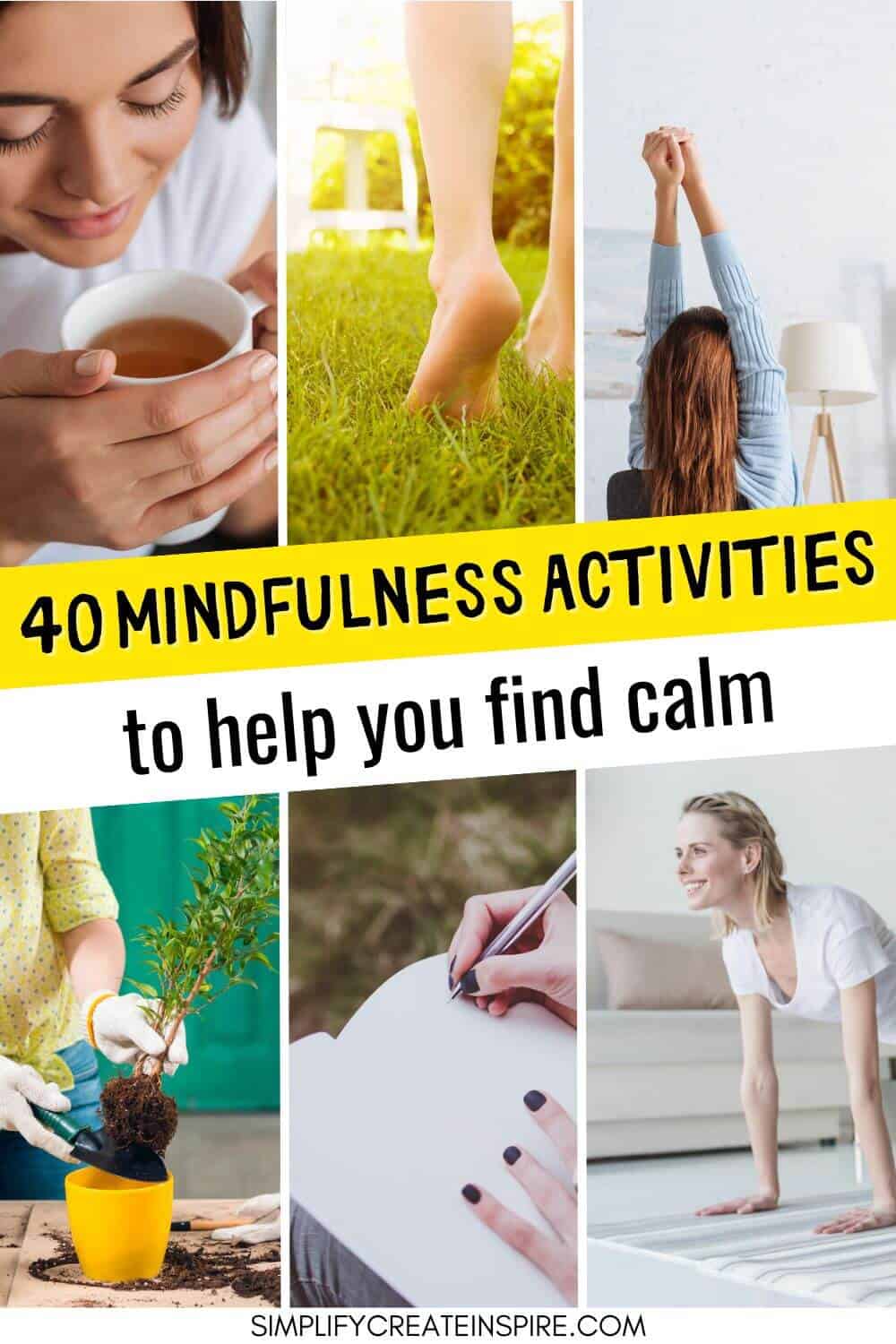


![No-Stress Guide For Back To School Essentials [2025] 12 Essential school supplies for kids](https://www.simplifycreateinspire.com/wp-content/uploads/2020/01/1000x667-1.jpg)



